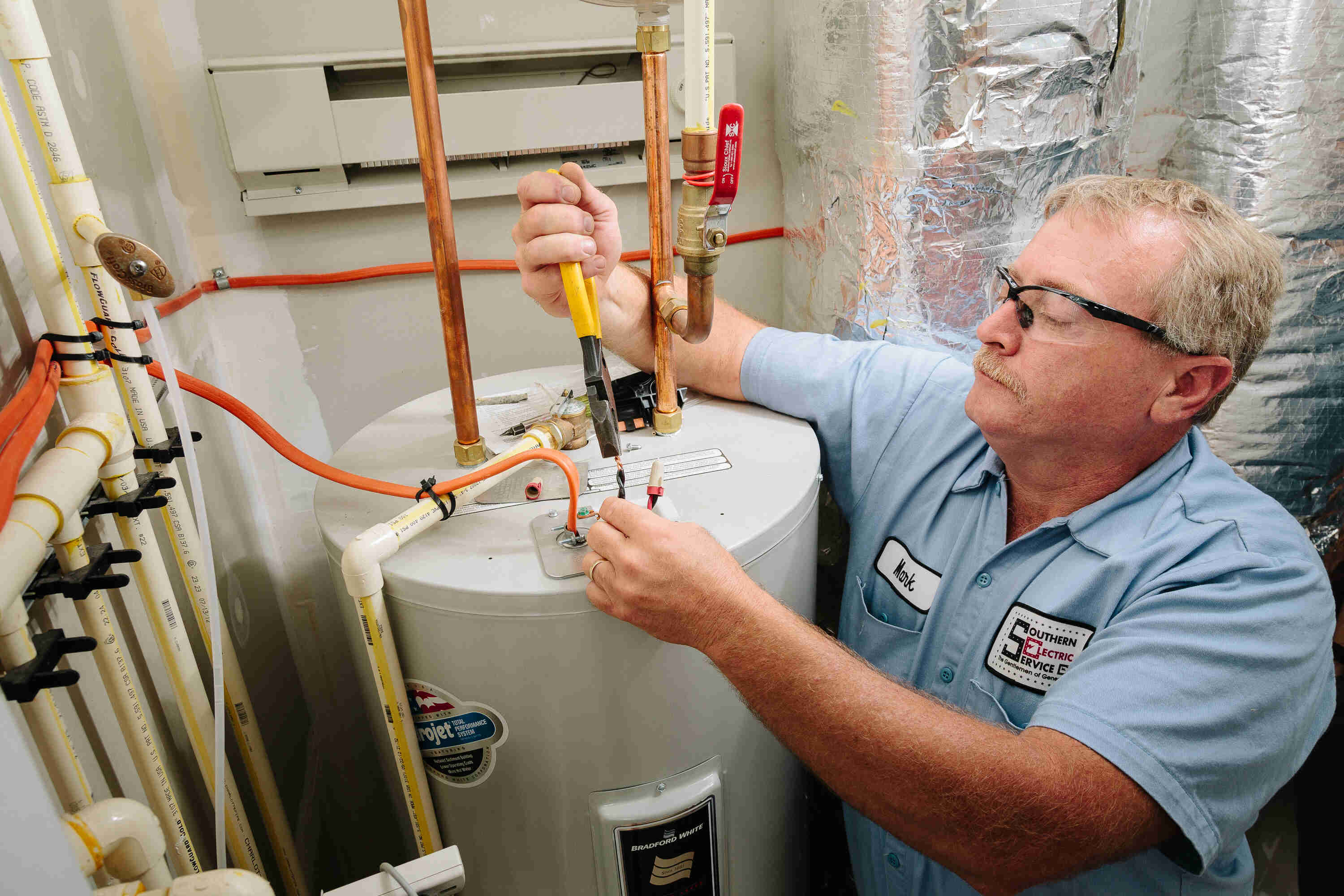Have you been hunting for resources concerning What Kind of Maintenance Do Water Heaters Need??

Warm water is vital for everyday comfort, whether it's for a rejuvenating shower or washing dishes. To ensure your warm water system runs successfully and lasts longer, regular upkeep is vital. This post gives functional suggestions and insights on just how to preserve your home's hot water system to avoid disturbances and expensive repair work.
Intro
Keeping your home's hot water system might appear daunting, however with a few simple actions, you can ensure it runs efficiently for years ahead. This overview covers whatever from recognizing your hot water system to DIY maintenance ideas and knowing when to employ professional aid.
Relevance of Maintaining Your Warm Water System
Normal upkeep not only expands the lifespan of your warm water system but likewise guarantees it operates successfully. Neglecting maintenance can cause decreased effectiveness, greater power bills, and even early failing of the system.
Signs Your Warm Water System Needs Maintenance
Recognizing when your warm water system needs interest can stop major problems. Keep an eye out for signs such as inconsistent water temperature level, weird sounds from the heater, or rusty water.
Purging the Hot Water Heater
Purging your water heater removes debris buildup, enhancing performance and prolonging its life.
Checking and Replacing Anode Rods
Anode poles protect against corrosion inside the tank. Examining and replacing them when worn is critical.
Facility Issues Requiring Expert Help
Examples include significant leakages, electric problems, or if your water heater is regularly underperforming.
Routine Expert Maintenance Benefits
Specialist upkeep can consist of complete evaluations, tune-ups, and ensuring compliance with safety and security criteria.
Evaluating and Readjusting Temperature Level Settings
Adjusting the temperature level setups makes sure ideal performance and safety and security.
Do It Yourself Tips for Maintenance
You can perform numerous maintenance tasks yourself to maintain your hot water system in top problem.
Checking for Leakages
On a regular basis check pipes and connections for leakages, as these can cause water damage and higher costs.
Comprehending Your Warm Water System
Prior to diving into upkeep jobs, it's useful to recognize the fundamental elements of your hot water system. Commonly, this includes the water heater itself, pipelines, anode rods, and temperature level controls.
Regular Monthly Upkeep Tasks
Routine regular monthly checks can aid catch small issues before they rise.
Evaluating Stress Relief Valves
Checking the stress safety valve ensures it works properly and avoids too much pressure buildup.
Shielding Pipes
Protecting hot water pipelines decreases warm loss and can save power.
When to Call a Professional
While do it yourself upkeep is helpful, some issues call for expert expertise.
Final thought
Regular upkeep of your home's hot water system is essential for effectiveness, durability, and cost financial savings. By adhering to these suggestions and recognizing when to seek expert aid, you can guarantee a reliable supply of hot water without unforeseen disruptions.
Water Heater Maintenance Tips
Test the TPR Valve
Shut off the power and the cold-water supply valve. Place a bucket under the pipe connected to the temperature-pressure-release (TPR) valve on the top or side of the tank. (This valve opens if the tank pressure gets too high.) Lift the valve’s tab to let some water out, then let go. If water keeps flowing, drain the tank partway, unscrew the old valve with a pipe wrench, and install a new one. Check the Anode Rod
Put a hose to the tank’s drain cock and let out a few gallons of water. Now fit a 1 1/16-inch socket onto the rod’s hex head on top of the heater (or under its top plate) and unscrew the rod. If it’s less than ½ inch thick or coated with calcium, buy a new one, wrap its threads with Teflon tape, put it back in the tank, and tighten securely. Use this segmented rod if headroom above the tank is limited. Drain the Tank and Wash Out Sediment
Drain the remaining water in the tank into the bucket, then stir up the sediment on the tank’s bottom by briefly opening the cold-water supply valve. Drain and repeat until clean water comes out of the hose. Close the drain cock, refill the tank, and turn its power back on. Adjust the Temperature
Find the temperature dial on the side of the tank and unscrew its cover. Adjust the dial to 120 degrees using a flathead screwdriver. For every 10 degrees the temperature is lowered, you can expect to save up to 5 percent in energy costs. Turn the water heater off or the thermostat down to its lowest setting if you plan to be away from home for more than three days. Insulate the Pipes
Buy some self-sticking 3/8-inch-thick foam pipe insulation that matches the pipes’ diameter. Slide the foam over the hot-and cold-water pipes as far as you can reach. Insulating the cold-water pipe prevents condensation in summer. Peel the tape and squeeze the insulation closed. If the pipe is 6 inches or less from the flue, cover it with 1-inch-thick unfaced fiberglass pipe wrap. https://www.thisoldhouse.com/plumbing/21016402/how-to-maintain-a-water-heater

As a keen person who reads about Tips For Maintaining Your Hot Water Heater, I assumed sharing that segment was sensible. Are you aware of someone else who is interested in the subject? Do not hesitate to promote it. Thanks a bunch for being here. Revisit us soon.
Explore